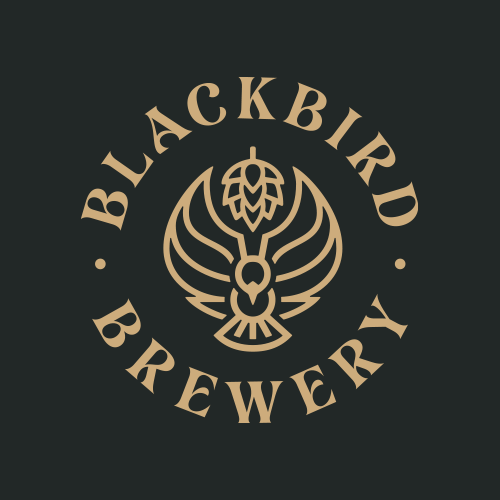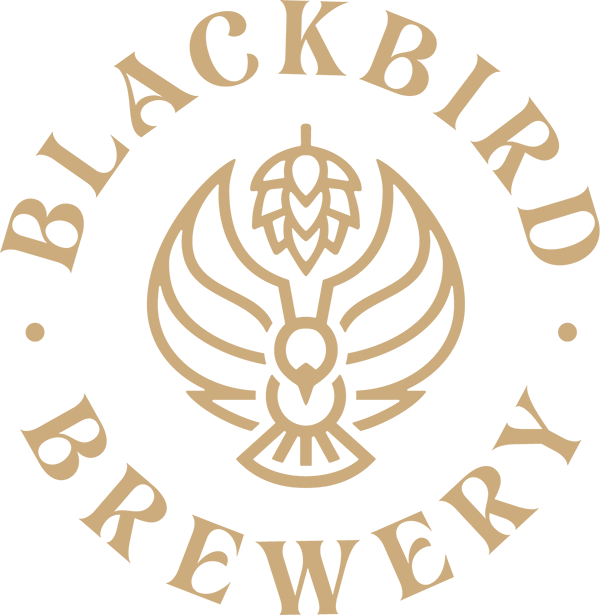What is Decoction? According to the head brewer and co-owner of Blackbird Brewery, decoction is an old-world brewing process where brewers remove a portion of the mash, boil it for a brief time, then introduce it back to the mash to bring it back up to temperature. Before they had the science to back it up, these old-world brewers determined how to hit different optimal ranges to enzymatically convert the starch into sugar.
In most American breweries, brewers use advanced malts to get the enzymes needed without having to go through this process. Many German breweries (and a few American ones too) are still utilizing the decoction process and getting a flavor specific to the decoction. Because of that specific flavor, the decoction process is a vital part of the lager program at Blackbird Brewery.
The flavor isn’t the only benefit of the decoction process. The decoction process releases Maillard reactions that drive color and flavor with an otherwise pale base malt. Mirriam Webster defines “Maillard reaction” as “a chemical reaction between amino acids and reducing sugars that gives brown food its distinctive flavor.” Ian explains there is no specialty malt that can mimic that character.
The brewing process involves three weights of proteins. Normally, brewers discard the highest and lowest molecular-weight proteins during the brewery process. The enzymatic step achieved in decoction (referred to as “glycoproteins rest”) breaks down the high molecular-weight proteins into medium molecular-weight proteins that make it to the final beer. By taking this extra step, we convert glyco-proteins, normally discarded with the trub, to yield better head retention and a higher-density, fluffier, longer-lasting foam on your mug.
Last but not least, at Blackbird Brewery, we pour our lagers through a Czech faucet (specifically called a LUKR faucet) giving us a wet, dense foam on top of the mug to further enhance the aroma, feel and presentation of the beer. Excited to try our lagers? They’ll be here soon; stay tuned for details!


